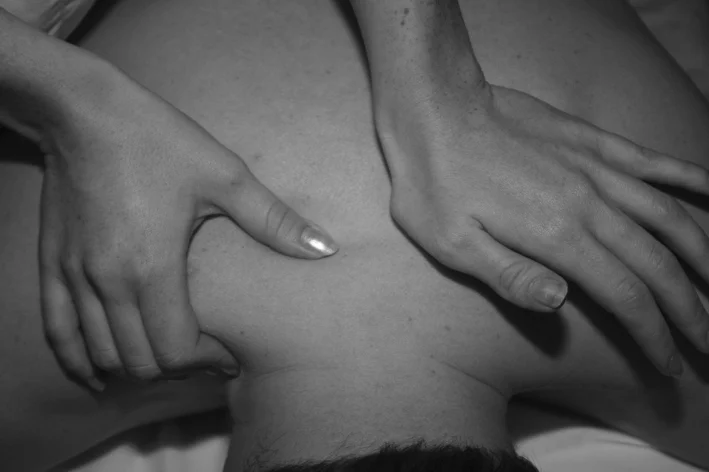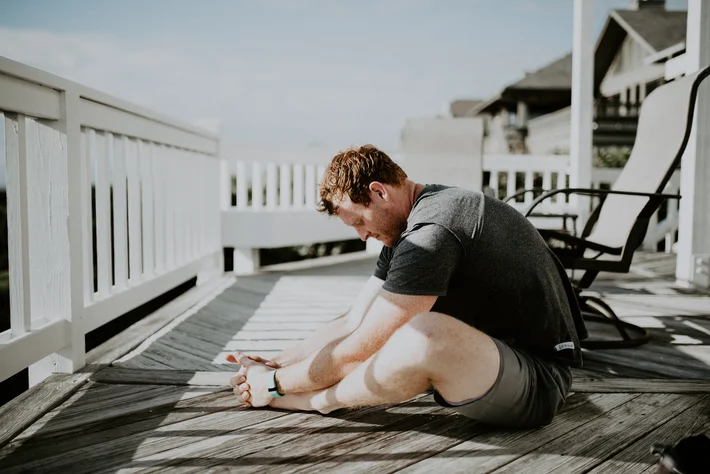Ankylosing spondylitis symptoms
No two AS patients experience the same set of symptoms, and these tend to vary widely from one patient to the next. Although the most common early symptoms of AS are pain and stiffness in the lower back and buttocks, patients may also experience discomfort on one side, both sides, or alternating sides.
In the early stages of the disease, pain tends to come and go; as the disease progresses, this pain tends to become chronic. Over time, it can spread up into the spine and neck. Some patients experience inflammation and pain in the ribs, shoulder blades, hips, thighs, and heels. Chronic inflammation can also result in fatigue or mild to moderate anemia.
The most common symptoms of ankylosing spondylitis include:
- Pain and stiffness in the low back and buttocks
- Pain and stiffness in the spine and neck
- Fatigue
- Anemia
Source:
Spondylitis Association of America



















